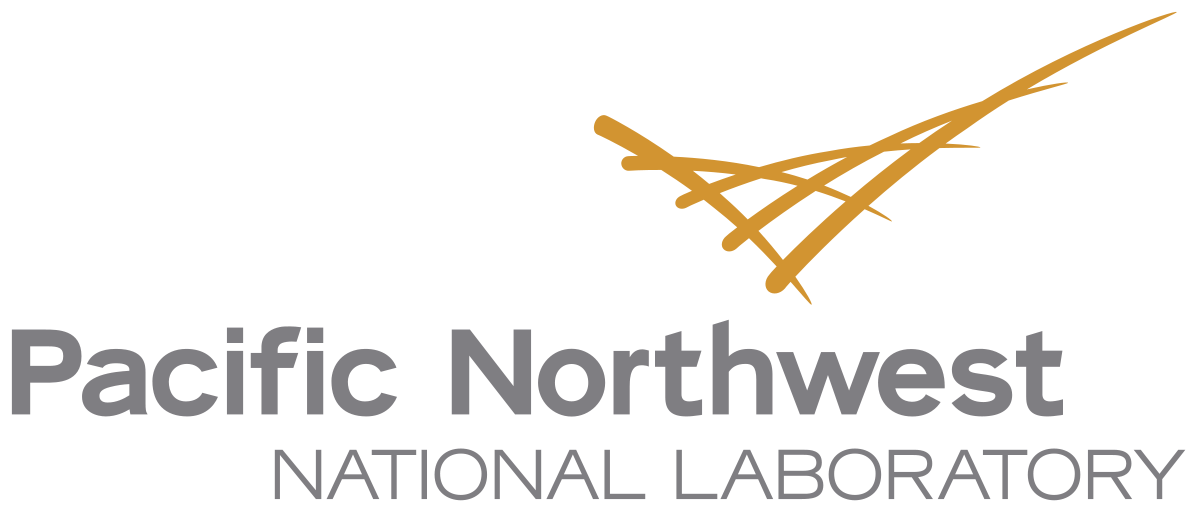PNNL: PNNL Nuclear Technologies Fueling Carbon-Free Energy Future
The nation is sharpening its focus on sustainable energy, including the goal of eliminating greenhouse gas emissions by 2050. Here in Washington state, the 2019 Clean Energy Transformation Act sets the course for carbon-free electricity by 2045.
As we embark upon the journey of energy decarbonization, the Department of Energy’s Pacific Northwest National Laboratory is helping advance the science and technology needed for safe, reliable nuclear energy. This carbon-free source of energy will become increasingly important given the changing dynamics of energy supply, demand and usage on the horizon. For example, the demand for electricity will grow with the greater adoption of electric vehicles and the electrification of buildings.
To meet this demand for clean electricity, we will see more carbon-free energy resources integrated into the system—including renewables like solar and wind. There also will be a growing need for stable baseload electricity to replace that produced from coal and natural gas. This is where nuclear comes in.
A recent techno-economic report published by PNNL and collaborators from industry and academia concluded that advanced small modular reactors can be cost-competitive in Washington state, especially where existing infrastructure can be leveraged. As home to the state’s only operating commercial nuclear reactor, the Tri-Cities offers that infrastructure and boasts a depth of nuclear knowledge and a trained workforce.
Chemist Amanda Lines
Chemist Amanda Lines is among the researchers at PNNL who apply their strengths in chemistry, materials and nuclear science to advance solutions for safe and reliable nuclear energy—a source of carbon-free energy that will help meet the nation’s climate and clean energy goals. (Photo by Andrea Starr | Pacific Northwest National Laboratory)
Last month, Energy Northwest, Grant County Public Utility District and X-energy agreed to partner on the development and commercial demonstration of one of the nation’s first advanced nuclear reactors near the Columbia Generating Station in Richland.
While PNNL is not involved directly in that demonstration project, our researchers’ considerable capabilities—dating back to the Laboratory’s inception in 1965—are being applied to challenges related to the supply of reactor fuel, regulatory issues and spent fuel disposal. They also are making contributions that align with the report’s finding that innovations are needed to speed development and reduce costs of the advanced reactor concepts being explored.
For example, PNNL developed real-time monitoring tools that can make it easier to test and improve new reactor designs. All nuclear reactors produce radioactive iodine gases as a byproduct of nuclear fission. In conventional reactors, those gases are trapped in the fuel rods for future disposal. New molten salt reactor concepts, however, will use a liquid fuel and require real-time processing to remove the gases as they are produced.
Materials scientist Ramprashad Prabhakaran
Materials scientist Ramprashad Prabhakaran investigates nuclear materials, part of PNNL’s broad range of research and development that addresses challenges related to nuclear energy, including new innovations for advanced reactor concepts. (Photo by Andrea Starr | Pacific Northwest National Laboratory)
The novel approach developed by PNNL researchers quickly and easily samples iodine and other chemical species. Using common techniques for chemical analyses based on spectroscopy, they identified the chemical fingerprints for two common forms of iodine. Researchers then developed software that translates this spectroscopic data into information that plant operators can quickly scan and easily understand.
In other research related to capturing the byproducts of fission in advanced reactors, PNNL scientists developed a radiation-resistant material that efficiently and selectively captures xenon and krypton. This promising approach is less expensive than the current method that uses large equipment to chill the waste so the gases can be separated. The PNNL approach also would reduce the volume of waste that has to be stored for decades until the radioactivity decays. As a bonus, the non-radioactive xenon gas captured using this material could be used in medicine and lighting.
Today, nuclear energy accounts for nearly 20 percent of the electricity generated in our country. That is almost certain to increase as advanced reactor technologies become part of our evolving clean energy landscape. Along the way, PNNL will continue to apply its strengths in chemistry, materials and nuclear science to deliver innovative solutions for the reactors that will help fuel our future.
Steven Ashby, director of Pacific Northwest National Laboratory, writes this column monthly. To read previous Director’s Columns, visit pnnl.gov/news and filter by Director’s Columns in our Latest Stories.

